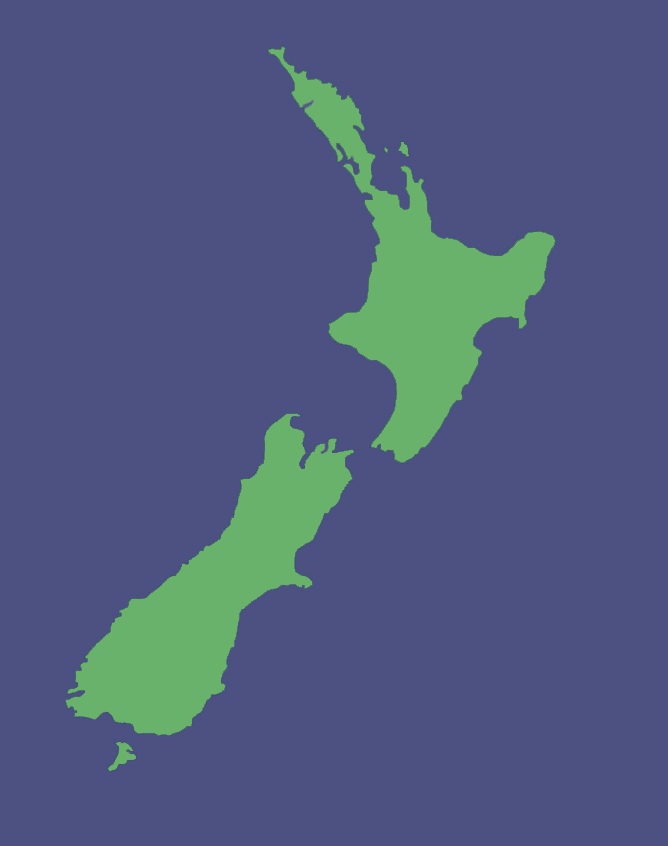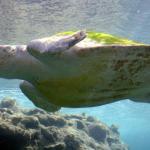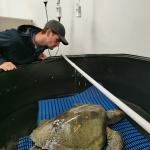- Home
- Herpetofauna Index
- Native
- Lepidochelys Olivacea
Lepidochelys olivacea
Olive ridley turtle
Lepidochelys olivacea
(Eschscholtz, 1829)
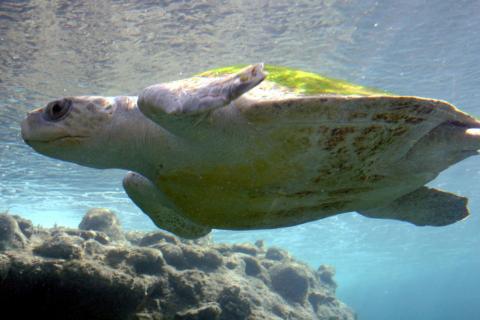
Length: 0.6-0.75 m.
Weight: 35-45 kg, rarely 50 kg.
Description
The second smallest, and most abundant marine turtle species in the world. This species is named for its olive-coloured carapace and is well known for its mass nesting grounds (arribadas).
Identification
Distinguished from other marine turtles by its smooth semi-circular to wedge-shaped carapace (shell) which is often a pale-olive to dark grey-green in colouration, the shell is arranged with >5 vertebral scutes (shields) running down the centre of its carapace, and 5-10 pairs of costal scutes (shields) arranged on either side.
Distribution
A vagrant (outside its normal range) in New Zealand waters.
This species typically occurs throughout the sub-tropical and tropical waters of the Pacific, Indian, and South Atlantic Oceans but has been sighted several times in New Zealand waters.
Diet
This species is primarily carnivorous feeding on a range of shellfish, crustaceans, fish, jellyfish, sponges and occasionally algae.
Ecology and habitat
The olive ridley turtle as with other marine turtles is primarily found in relatively shallow coastal waters but does spend a significant amount of time migrating across the open ocean.
The large breeding congregations (100’s to 1000’s of animals), and subsequent mass hatching events play a significant role for many terrestrial and aquatic predators, providing prey and nutrients for species within the coastal environment.
Life expectancy
Estimated to be up to 50 years, but potentially longer.
Social structure
Solitary, but females congregate at nesting grounds.
Breeding biology
Olive ridley turtles do not breed in New Zealand.
Females nest annually, either at mass nesting grounds (arribadas), or solitarily, and often several times during the season. Nests consist of around 70-220 soft-shelled eggs, which are buried in deep holes that they dig with their large flippers. Eggs hatch after 50-75 days.
Disease and threats
The olive ridley turtle is a host for many of the parasites, and diseases present in other marine reptiles, none of which pose a significant risk to the survival of the species. Of more concern are the many human-induced issues, resulting from the contamination of their habitat. The most significant being the consumption of marine plastics which bear a striking resemblance to the jellyfish, and other soft-bodied creatures which they primarily prey upon. Boat-strike, light pollution, exploitation of animals and eggs for food, as well as mortality as bycatch represent additional threats to their survival.
References
van Winkel, D., Baling, M., Hitchmough, R. 2018. Reptiles and amphibians of New Zealand – a field guide. Auckland university press, Auckland New Zealand.
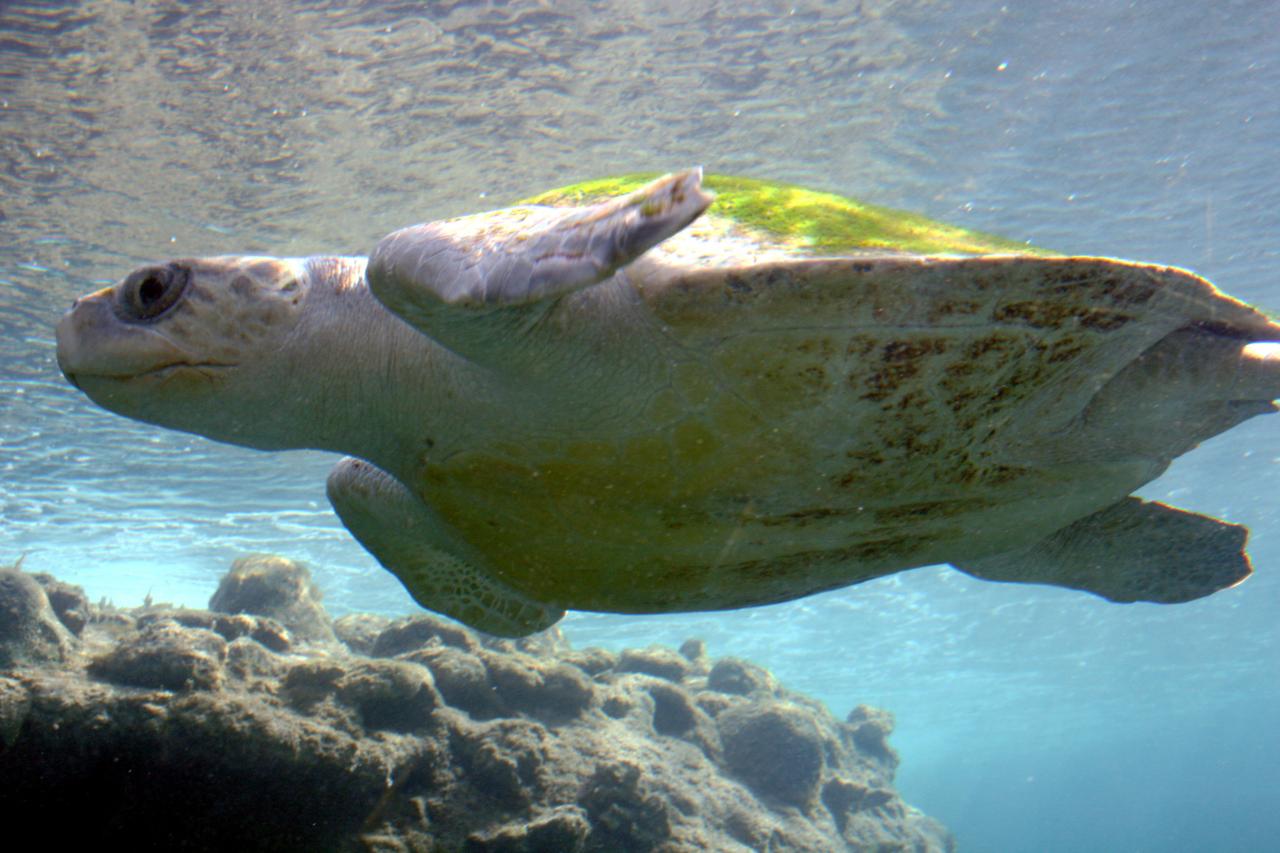
Lepidochelys olivacea. photo credit: photo credit: Thierry Caro (CC BY-SA 3.0)
